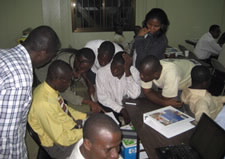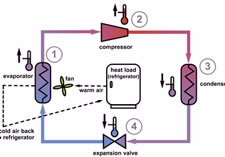NOAA National Weather Service Fire Weather Experts Assisting In Australia
Fire weather forecasters from NOAA’s National Weather Service are on duty in Australia providing crucial weather information to forecasters in the Australian Bureau of Meteorology as they battle wildfires ravaging southeastern Australia. NOAA’s National Weather Service and the Australian Bureau of Meteorology agreed in 2006 to exchange fire weather expertise and staff during the U.S. and Australian wildfire seasons, which occur at opposite times of the year in the Northern and Southern Hemispheres. (More)









